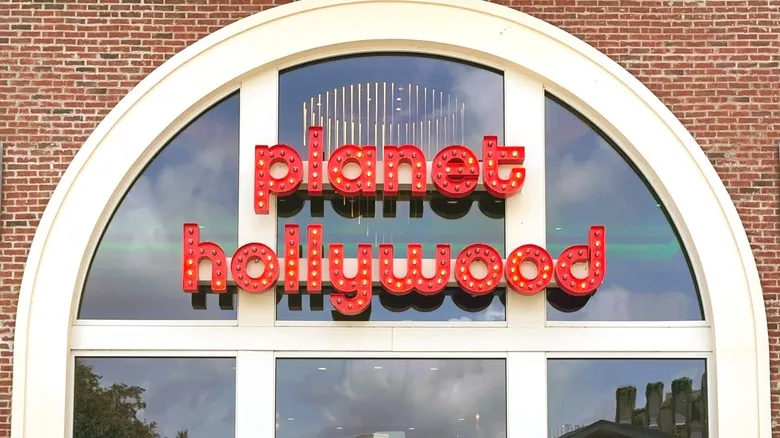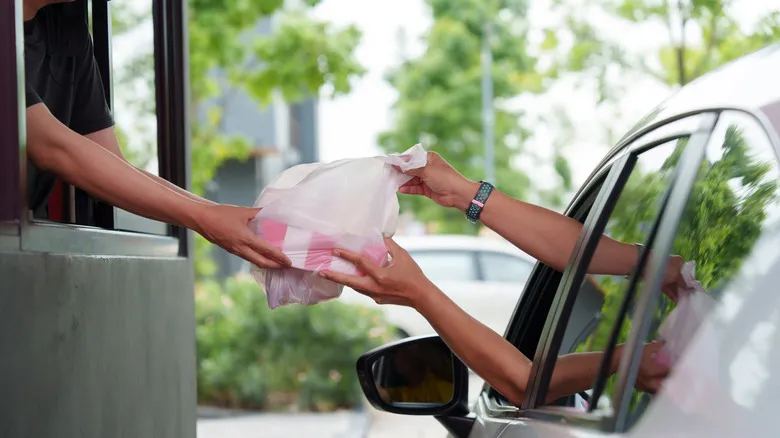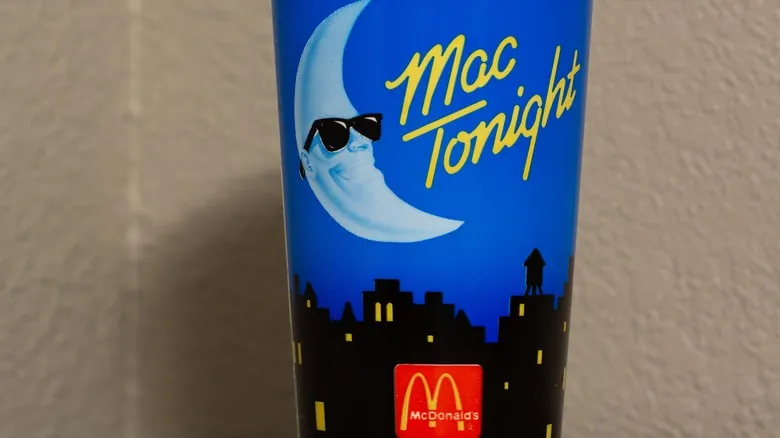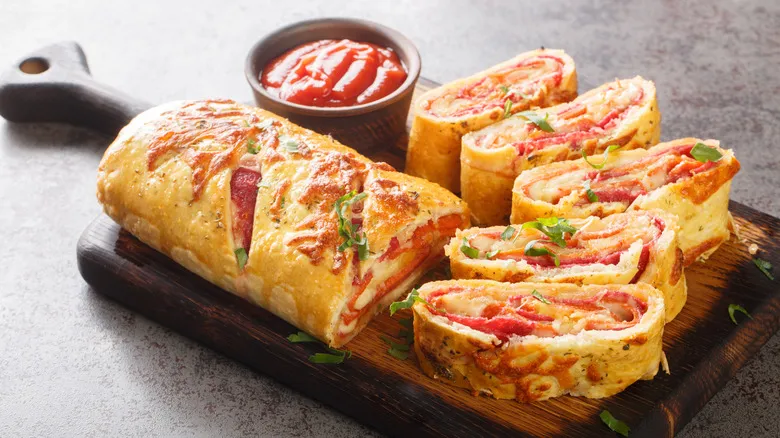The evolution of teriyaki in America

Teriyaki originated in Japan, potentially as far back as 300 years ago. The term refers to a cooking method: "teri" translates to luster or shine, while "yaki" means to grill. It was initially developed as a technique for preparing and preserving fish. A thin basting sauce made from soy sauce, sake, and mirin was applied in layers during grilling, resulting in the characteristic glaze or dipping sauce. In contemporary Japan, teriyaki is mainly viewed as a home-cooked dish, with each family having its own unique sauce recipe. Some teriyaki sauces consist of just two ingredients, and it’s not a common choice for dining out among the Japanese.
In the mid-20th century, Japanese immigrants in Hawaii modified cooking methods to suit local ingredients and tastes, which contributed to the rise of dishes like Spam musubi. On the islands, brown sugar, pineapple, and fresh ginger were incorporated into the glaze, giving it a sweeter and distinctly American flavor. At the same time, the rise of Benihana teppanyaki restaurants in the 1960s and '70s introduced a broader American audience to a variety of Japanese-inspired dishes, including teriyaki. However, teriyaki burgers were not yet appearing on menus like Red Robin's.
How teriyaki became famous in Seattle

In 1976, Japanese immigrant Toshihiro Kasahara opened Toshi's Teriyaki in Seattle's Queen Anne neighborhood, focusing on teriyaki cuisine. He not only popularized a now-famous thick sauce but also marinated chicken and beef overnight, grilled them on skewers, and served them with rice and salad. It wasn't long before Kasahara's interpretation of teriyaki began to shape menus nationwide.
By the 1990s, hundreds of teriyaki restaurants had emerged throughout Western Washington. A 2010 report by The Times identified 83 establishments with "Teriyaki" in their names in the Seattle area, many of which were owned by Korean immigrants who embraced the trend in the 1980s. While there are various interpretations of teriyaki-style dishes, it's likely that you've enjoyed a teriyaki chicken lunch inspired by Toshi's Teriyaki at least once, regardless of your location.
The roots of modern teriyaki may trace back even further to Seattle. Between 1968 and 1973, Kyoto immigrant Junki Yoshida reportedly used his mother's teriyaki recipe to create food samples for distribution at local grocery stores. By 1982, he launched his own Mr. Yoshida's Gourmet Cooking Sauce and went on to achieve success as a businessman and television personality in Portland, Oregon.
Recommended

The Rise And Fall Of Planet Hollywood Restaurants

The Fast Food Burger Chain That Changed The Drive-Thru Forever

The Unusual Fast Food Mascot Used To Target Late Night Diners

How Pepperoni Rolls Became An Appalachian Favorite
Next up

